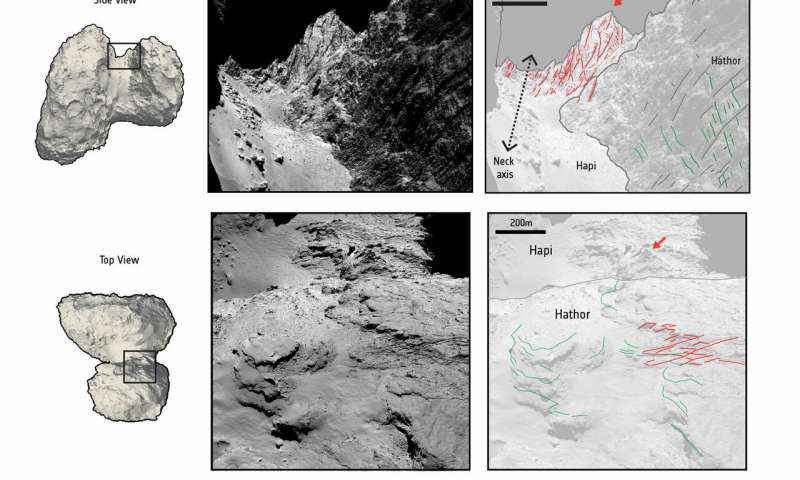At https://phys.org/print469790260.html … high energy x-ray bursts from low energy plasma is the subject matter of this press release. We are told solar rays should not produce x-rays – but they do. The one size fits all approach to electron collisions misses a lucky few that lead to an intense x-ray burst. Perhaps. Scientists thought there were too many electron scattering collisions in cold plasma for electrons to be accelerated to high energy radiation x-rays. It seems that while most of the electrons in cold plasma collide before they can accelerate it is possible that a few escape without colliding.
For a long time scientists have observed x-rays and energetic particles in solar flares and other situations where the plasma is supposed to be too collisional for these phenomena to occur. X-rays also seem to occur in lightning and certain fusion energy devices. Astrophysical jets might produce high energy particle beams (gamma rays). The team's discovery shows that scientists need to take detailed statistics of collisions into account. The x-ray bursts correlate with the plasma jet diameter being choked by ripples, like those that occur at the interface separating a heavy fluid on top of a lighter fluid. The ripples induce the jet electric current to produce an electric field that accelerates electrons. For further information see the Physics of Plasmas (2018) DOI:10.1063/1.5054927, RS Marshall et al, 'Hard X-ray Bursts Observed in Association with Rayleigh-Taylor Instigated Current Disruption in a Solar-Relevant Lab Experiment'.
At https://phys.org/print469782486.html … where we are told the Rosetta comet was sculpted by stress. Comets with two lobes like Churyumov-Gerasimenko are apparently a common phenomenon. Nothing out of the usual. A new study used stress modelling and three dimensional analysis of images taken by the Rosetta onboard camera facility, aimed at the surface of the comet, and they found a network of faults and fractures penetrating deep underground, They claim such features were created by stress (by modelling in a stress factor). The verdict appears to have been assumed prior to or during looking at the images. What is clear is that the surface of the comet is rife with fracturing – from an as yet to be determined outside influence (or internal stress from all that revolving round and round in space etc) …
 … what puts a comet under stress?
… what puts a comet under stress?
